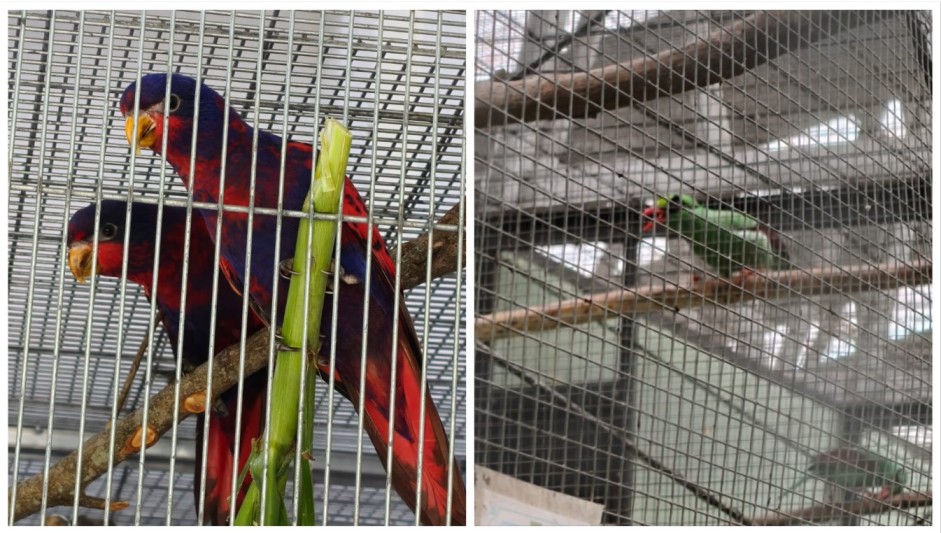Taiwan to lead world digital technology era

Jakarta (Indonesia Window) – It is not oil or gold, or a brave combat troop with lethal weapons that would now dominate the world.
In the era of digital technology, whoever controls semiconductor technology is the one that would lead the world.
The semiconductor industry is not only the beginning of the digital era, but also shows a very important technology in the development of future innovations, especially with the emergence of high-performance computing (HPC), Artificial Intelligence (AI), 5G mobile communications, and the Internet of Things (IoT).
Those technological innovations are applied to most equipment, from those used in families, schools and offices, to space travels.
While the United States and China are stuck in the ‘New Cold War’, Taiwan is inching up in the world production of semiconductor technology.
Based on a survey conducted by research organization TrendForce in December 2019, Taiwan’s global market share in the semiconductor wafer Original Equipment Manufacturer (OEM) industry reached 63 percent, ranking first in the world.
Taiwan’s packaging and testing industry also ranks first in the world, and its IC design industry ranks second in the world after the United States.
Beginning
Taiwan’s semiconductor industry has been developing since the 1960s, when the Formosa Island still depended on traditional industries such as textiles and clothing.
In 1973, the Middle East war broke out that sparked a global oil crisis, and made Taiwan, which relies entirely on imports, suffer greatly.
During that difficult period, the Taiwanese government decided to promote ten development projects and outline a national electronics industry development blueprint, by importing semiconductor technology from the United States.
In 1974, the Taiwan Industrial Technology Research Institute promoted the Integrated Circuit Project, which two years later transferred the 7.0μm MOS process technology from the United States’ RCA and began producing integrated circuits (IC) in electronic watches with excellent products.
In 1980, the institute founded Taiwan’s first IC manufacturing company, United Microelectronics Corporation (UMC).
In December of the same year, Hsinchu National Park, and UMC became the first IC factories in Taiwan. After that, a number of IC manufacturing and design companies were founded in the 1980s, driving the development of Taiwan’s semiconductor industry ever since.
In 1984, the Industrial Technology Research Institute took over the Super Large Integrated Circuit Project (VLSI), and the following year it invited Morris Chang, vice president of Global Texas Instruments, the world’s largest semiconductor company at that time, to become chairman of the institute.
Taiwan’s first 6 μm integrated circuit experimental plant was completed in 1986.
In order to capitalize on the economic benefits of the pilot plant, at the suggestion of Morris Chang and support of political advisor Li Kwoh-ting, the Taiwan Semiconductor Manufacturing Company (TSMC) transferred equipment and talent from the VLSI project to TSMC, and spearheaded the professional Original Equipment Manufacturer (OEM) model.
Since the establishment of TSMC, IC designing companies only need to focus on their product designs, and entrust TSMC to produce the products.
Later on, many IC design companies have sprung up in Taiwan and the United States.
A large number of companies have played an important role in the personal computer manufacturing and telecommunications industry since the 1990s because TSMC has provided professional OEM services.
Apart from TSMC and UMC, there are ASE Holdings (acquisition with Siliconware), MediaTek, Phison, Win, Macronix, Hwa ya Technology, Nanya Technology and others, which together create billions of U.S. dollars in production value, placing Taiwan in an important position in the world’s semiconductor industry.

TSMC
In 2016, TSMC surpassed IBM for the first time in the United States, outperformed Intel in the United States in 2017, and again surpassed Samsung in South Korea in 2019.
Today, TSMC is the largest wafer manufacturer in the world, accounting for 56 percent of the world market for nine consecutive years.
More than half of the global wafer OEM market belongs to TSMC, while Samsung Electronics has a market share of less than 20 percent, ranking second.
TSMC has an absolute advantage due to its advanced process technology, with 5 μm already being mass produced in the second half of 2020, and has been invited by the United States to set up a 5 μm plant in Arizona.
TSMC’s 5μm manufacturing process is already the only one in the world and will soon go into the 3μm process.
The U.S. has led the world in the semiconductor industry and held back China in recent years.
However, while the two global powers are still at odds with each other with no sign of peace, Taiwan is increasingly strengthening its semiconductor industries, even in the midst of a pandemic that has destroyed a large number of industries around the world.
Source: Taipei Economic and Trade Office (TETO)
Reporting by Indonesia Window

.jpg)








